OVERVIEW OF QUESTIONS AND ANSWERS SERIES
July to December 1999
| July | August | September | October | November | December |
July 1999
July 1999 (Part 1)

Many American youths have expressed to me their desire to become Shaolin monks. They probably did not know that Shaolin monks, according to genuine Buddhist tradition, have to follow over 400 strict rules. A monk, for example, cannot listen to rock music or sleep on a comfortable bed. Incidentally, if you find Shaolin monks wearing wigs or drinking Coca Cola, you can suspect whetther they are real Shaolin monks.
Click here to enter.
July 1999 (Part 2)
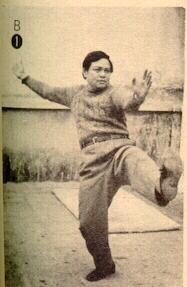
Many people suffering from diabetes, for example, have been told by their doctors that they could never be cured, yet they have been cured after practising chi kung. Some of my students had the vertebrae of their spin fused, and the doctors had told them that nothing could prevent their complete fussion, yet after practising chi kung they have been relieved of their problem.
Click here to enter.
July 1999 (Part 3)
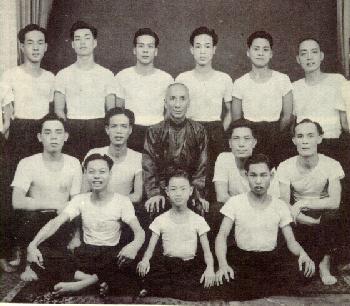
The Shaolin arts, of which these chi kung exercises form a part, are simple and at the same time profound. It is not the brain that we work at, or with -- but the mind. There is a lot of difference between the brain and the mind. For example, the brain is located in the head, but the mind can be anywhere. The brain has substance, but the mind is transcendental. The brain dies, but the mind never.
Click here to enter.
August 1999
August 1999 (Part 1)
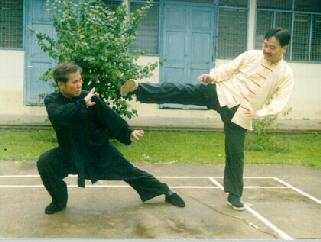
Shaolin Kungfu and Tai Chi Chuan are the greatest martial arts in the world, and their greatness lies beyond fighting. When I was still a boy I read a master saying that comparing other martial arts with Chinese martial arts is like comparing a drop of water with an ocean. At that time I thought he was chauvinistic and exaggerating beyond reasons. But now, having experienced the scope and depth of Shaolin Kungfu and Tai Chi Chuan, I am beginning to see the truth in his comparison.
Click here to enter.
August 1999 (Part 2)
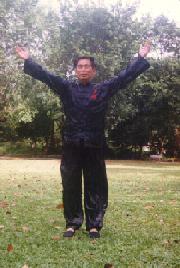
Attaining "a chi kung state of mind", which is at a deeper level of consciousness than ordinary waking consciousness, is a necessary first step in any real chi kung practice. In other words, if one does not enter into a chi kung state of mind, which is called "entering silence" in classical terms, he cannot have real chi kung effects even though he may be doing some chi kung external forms or breathing exercise.
Click here to enter.
August 1999 (Part 3)
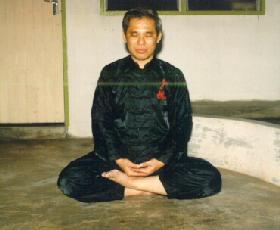
The word "meditation", though widely used, is a poor translation of what in the Shaolin teaching would be referred to as Zen. To many people in the West, "to meditate" often suggests "to think" of something, whereas in Zen the fundamental objective is to do away with all thinking. Strictly speaking, the expression "to do away with all thinking" is also incorrect, although it is probably the closest one could get to explaning what Zen is in this context.
Click here to enter.
September 1999
September 1999 (Part 1)

The forte of chi kung is to restore yin-yang harmony. Once your yin-yang harmony is restored, your body systems will convert the excess mass into useful energy, giving you your ideal weight. You will have all these done for you if you let your systems work naturally, i.e. the way they are born to work. If you, with imperfect knowledge, try to interfere with the natural working of your body systems, such as by restricting your diet or overburdening your heart with excessive physical exercise, you may distort your natural energy system and aggravate your problem.
Click here to enter.
September 1999 (Part 2)
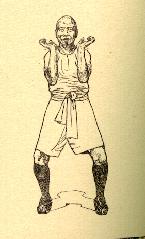
From the chi kung perspective, the reason for your happinese is very simple -- and profound! You are happy because you have opened your heart. That is also why you do not need any medication for your heart now -- although "heart" in chi kung context means more than just the physical organ. When energy blossoms from the heart, that person will be happy.
Click here to enter.
September 1999 (Part 3)
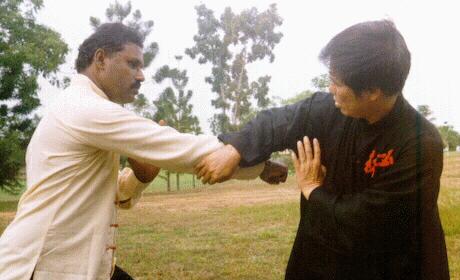
In kungfu context, "hard" and "soft", or "kang" and "rou" in Chinese, are vastly different from what a westerner would conceptualize hard and soft to be. "Soft" here does not imply any lack of power; in fact soft force may be more powerful than hard force. Soft force does not use mechanical or muscular strength; its power comes from "chi" or vital energy. A classic example of soft force is flowing water or flowing air, such as a torrent or a hurrican, which of course is very powerful.
Click here to enter.
October 1999
October 1999 (Part 1)

Taijiquan, Shaolin Kungfu and Xingyiquan are different forms of wushu, or in more familiar English terms, different forms of kungfu. But because the present Chinese government has standardized various ancient forms of wushu into one modern version, and promotes it as sport, the term "wushu" is often used today to denote a modern form of kungfu movements quite distinct from traditional kungfu forms such as Taijiquan, Shaolin Kungfu and Xingyiquan.
Click here to enter.
October 1999 (Part 2)

Tai Chi Chuan is not checked. Tai Chi Chuan is an internal martial art, but there is nothing internal nor martial in what is being practised by the great majority of modern Tai Chi practitioners.
Click here to enter.
October 1999 (Part 3)
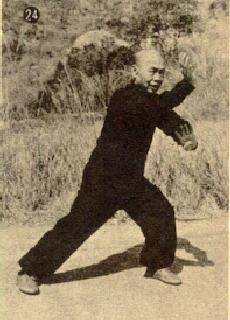
Cosmic wisdom is transcendental, i.e. it transcends sets of conditions, and at the highest level is not bound by any conditions. Cosmic wisdom is almost always obtained by great masters from direct experience at heightened level of consciousness. Lesser minds learn such cosmic wisdom from the masters.
Click here to enter.
November 1999
November 1999 (Part 1)
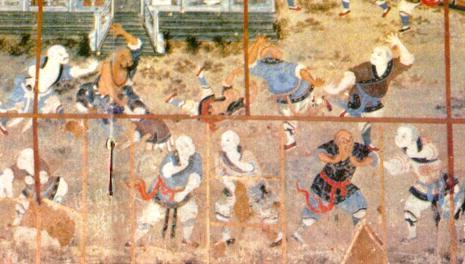
In terms of health and vitality, chi kung and kungfu exercises are far superior to western strength and endurance training, and can replace them altogether and achieve better results in shorter time.
Click here to enter.
November 1999 (Part 2)

Although Hoong Ka Kungfu is named in honour of Hoong Hei Khoon, most of Hoong Ka exponents today are descended from the lineage of Luk Ah Choy. Please note that Hoong Hei Khoon and Luk Ah Choy did not call their kungfu Hoong Ka, they called it Shaolin. "Hoong Ka" is a modern term; even as recent as Lam Sai Weng's time, which was about 50 years ago, what is now called Hoong Ka by many people was then called Shaolin.
Click here to enter.
November 1999 (Part 3)
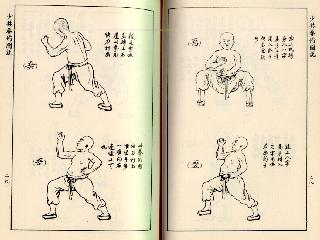
Set practice enables you to perform kungfu techniques correctly and develop certain combat skills, but without sparring practice you can never be competent in self-defence.
Click here to enter.
December 1999
December 1999 (Part 1)

You are right about the Brush Knee pattern. It manifests the "swallowing" technique, the tactic of "retreating before advancing", and the principle of "starting later but arriving earlier".
Click here to enter.
December 1999 (Part 2)
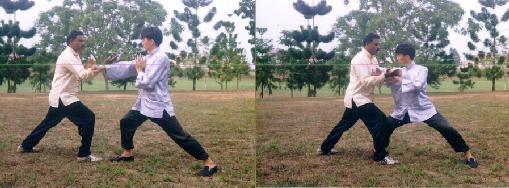
Chinese martial arts pay as much attention to health and vitality as to combat efficiency, whereas other martial systems neglect health for combat efficiency. The underlying principle in Chinese martial art philosophy is that if you want to be a good warrior, you must first of all have good health and vitality.
Click here to enter.
December 1999 (Part 3)

At a higher level, you can use this exercise to generate an internal energy flow. Then you can tap energy from the cosmos and cleanse your body. These effects may sound fantastic to those who do not have the opportunity to experience high level chi kung, but virtually all students who have taken an intensive chi kung course from me, have acquired those skills and experienced the effects -- generating an internal energy flow, tapping cosmic energy, cleansing the body with energy -- during the three-day intensive course itself.
Click here to enter.
